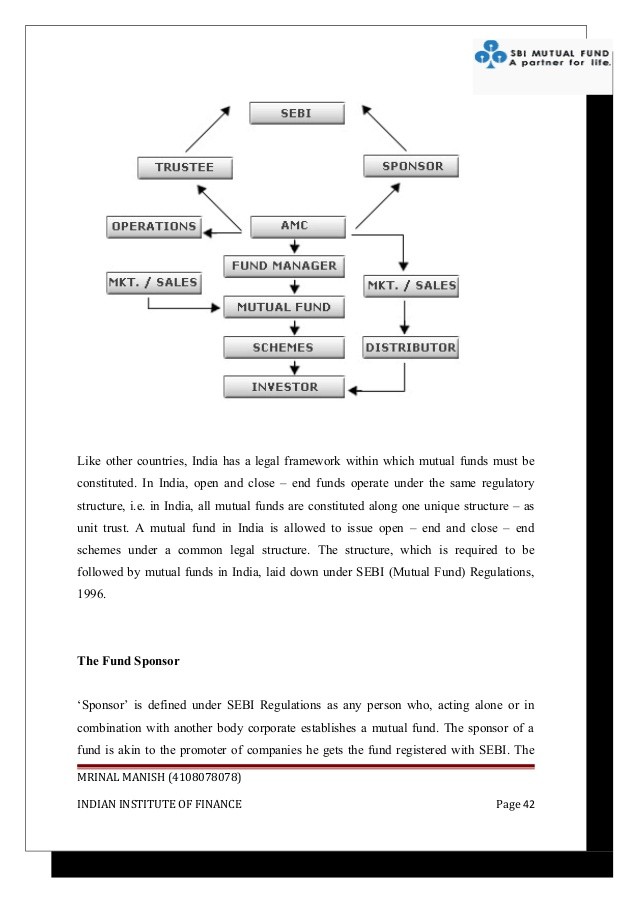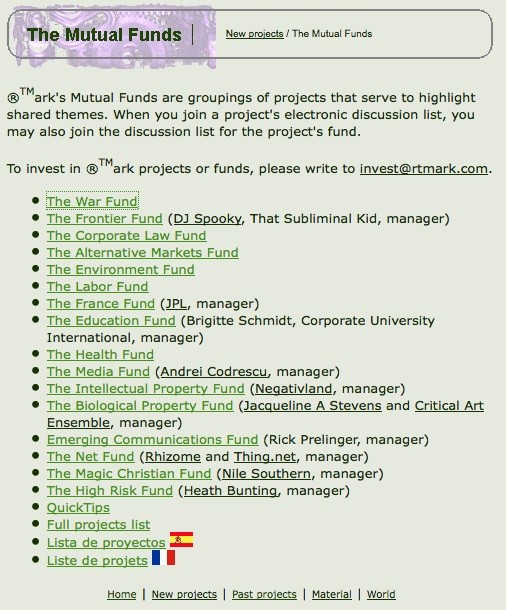How To Choose Mutual Funds Like A Pro
Post on: 28 Август, 2015 No Comment

Investing » How To Choose Mutual Funds Like A Pro
How to choose mutual funds
Nearly 8,000 mutual funds of every stripe can be purchased directly from a mutual fund firm, through an adviser or at any brokerage firm. If you count all the different share classes, the number of funds rises to 22,655, according to Morningstar. With so many options available, picking out a mutual fund can be overwhelming if you don’t even know where to begin.
Don’t approach buying a mutual fund like the shopper who heads to the mall without a list, says Lydia Sheckels, chief investment officer at Wescott Financial Advisory Group in Philadelphia.
Most investors are like the random shopper who just goes up and down and tries to figure out what they want to buy, Sheckels says. It doesn’t work that way with investing. Unless you’re targeted to know what you’re looking for, you’re going to choose on performance — and that means you’re probably going to invest in the thing that just did well but probably is not going to do well over the next year.
If you’re ready to move past the browsing stage, here’s how to choose mutual funds for your portfolio.
Analyze yourself first
Mutual fund investors should take an honest gauge of their comfort level, Sheckels says. Are they more conservative, where they understand that a stock fund can go up and down, but they’re going to be losing sleep at night if it drops more than 50 percent within any given quarter or year? she asks. Or, as more aggressive investors, are they willing to tolerate a good deal of volatility in the short term as long as the fund’s manager seems capable of generating good long-term returns?
Be aware of your own social screens, too. Are there certain types of companies you would not want to invest in for moral or ethical reasons? If so, you might consider buying a fund in the socially responsible investing category.
Get to know fund styles
Asset allocation is said to be the most powerful determinant of portfolio performance, accounting for nearly 94 percent of a fund’s return variation over time.
While a single mutual fund likely holds more securities than you would otherwise own, it may only focus on one particular asset class, such as large-cap stocks. To diversify further, you want to select funds that represent different asset classes because they tend to perform differently from one another. Be aware that diversification does not guarantee a profit or protection against market losses, which is a disclaimer you’ll find in the fine print of fund literature.
A good starting point is to become familiar with the different fund styles. Morningstar’s style box, which classifies funds according to their investment style and the size of the companies they contain, is a useful tool for getting a general overview. Once you have the definitions of small-cap, mid-cap, large-cap, value, growth and blend funds down pat — and you know which type you want and in what quantity — it’s time to take a closer look at the pool of funds that fit the bill.
Keep your perspective
Here’s another disclaimer you’ll read in fund literature: Past performance is not a guarantee of future results. Therefore, it should be regarded with a grain of salt.
Morningstar’s star rating system assesses a mutual fund’s past performance versus peers in the same category. Karen Dolan, director of mutual fund analysis at Morningstar, says the star rating system is meant to help investors narrow the list of funds on the market.
But when it comes to choosing a fund, Tim Courtney, chief investment officer at Burns Advisory Group in Oklahoma City, doesn’t think rating systems based on past performance are useful because of the cyclical nature of fund performance.
If there’s been a fund that has outperformed over the last three years, that has tended to weigh heavily on the rating, Courtney says. Just about in time for people to notice and go into that fund, it goes through a period where it starts to underperform.
Do a qualitative analysis
In November, Morningstar introduced a more forward-looking designation called the analyst rating. The system uses a five-tier scale, with three positive ratings of gold, silver and bronze, a neutral rating and a negative rating. Dolan likens the new rating method to an aptitude test that complements the achievement test on which the star ratings are based.
The analyst rating evaluates such elements as the fund’s execution of its strategy, the parent company’s business philosophy and the people who manage the fund. Courtney sees the debut of the analyst rating as a move in the right direction.
They’re looking for those things that over time should give an investor better odds for success, he says.
Weigh the impact of fees
Courtney considers fees a top priority in evaluating a mutual fund. If one fund is costing 1 percent and another fund is costing 0.1 percent, that other fund has got to make up that 0.9 percent difference in picking better stocks, he says. On average, managers are just not able to overcome those higher costs.
Index funds that track a market benchmark such as the Standard & Poor’s 500 index tend to be cheaper than actively managed funds, which rely heavily on management talent to outperform the index.

Sheckels, who notes that some fund managers may subsidize or waive fees under certain circumstances, prefers to look at fees toward the end of the evaluation process. People get hung up on fees maybe too early, she says. They’ll screen either on fees or expense ratios without considering the style or the type of investment it is.
Look to minimize turnover
Be cautious about investing in a mutual fund with a high turnover rate. The turnover rate represents the percentage of holdings in a portfolio that have changed over a year. For example, a turnover rate of 100 percent means that all of a fund’s holdings have changed over the course of a year through buying and selling. The turnover rate can be very low — less than 10 percent. In an aggressive fund, it’s not unusual for the rate to be 300 percent or higher.
That turnover has a cost to it, either through the commissions of selling and buying stocks or through bid-ask spreads, Courtney says. If you try to buy or sell a lot of a particular kind of stock, you’re going to move the market, and you have to overcome those costs as well.
His advice is to seek funds with a turnover rate of less than 40 percent. If you see it go above 50 percent, you’re probably in a fund that over time is going to have a hard time beating its peers because it’s taking on so much cost due to trading, he says.
Track the manager’s tenure
Ideally, the fund’s manager should have held that post for at least five years, says Sheckels. That tenure likely means the fund has been handled with a consistent style and discipline, which she counts as a mark in its favor.
Courtney adds that it’s difficult to interpret the performance of a mutual fund whose managers have changed frequently.
If you’re looking at the fund’s returns over 10 years and see that the current manager has only been there for one year, if they’re not following the exact same strategy as the old fund manager, those 10-year returns really don’t mean anything, he says.
Is fund strategy consistent?
A sound fund will not abandon the investment strategy outlined in its prospectus, says Courtney, even when the market environment seems unfavorable to that approach. For example, during the bear market of 2008, financial companies were hit especially hard, but a fund designed to include financials in the mix should have stayed the course, he says.
Likewise, in 1999 when Internet stocks were hot, some value managers bought them even though these stocks had no earnings, while other value managers stuck to companies that were cheap relative to earnings.
You don’t deviate from (a strategy) based on what the market is doing at a particular time, Courtney says. I don’t think you want a strategy where they try to read the tea leaves every couple of quarters and determine what’s in fashion in the markets. That is a recipe for failure.














